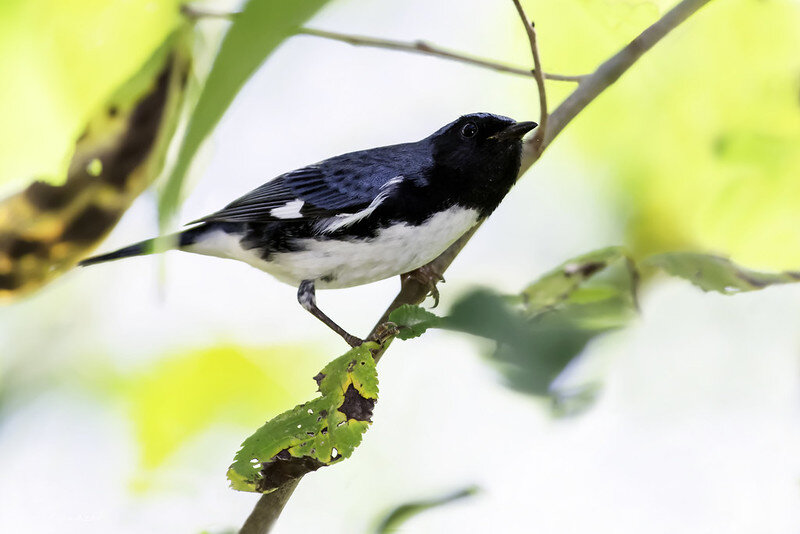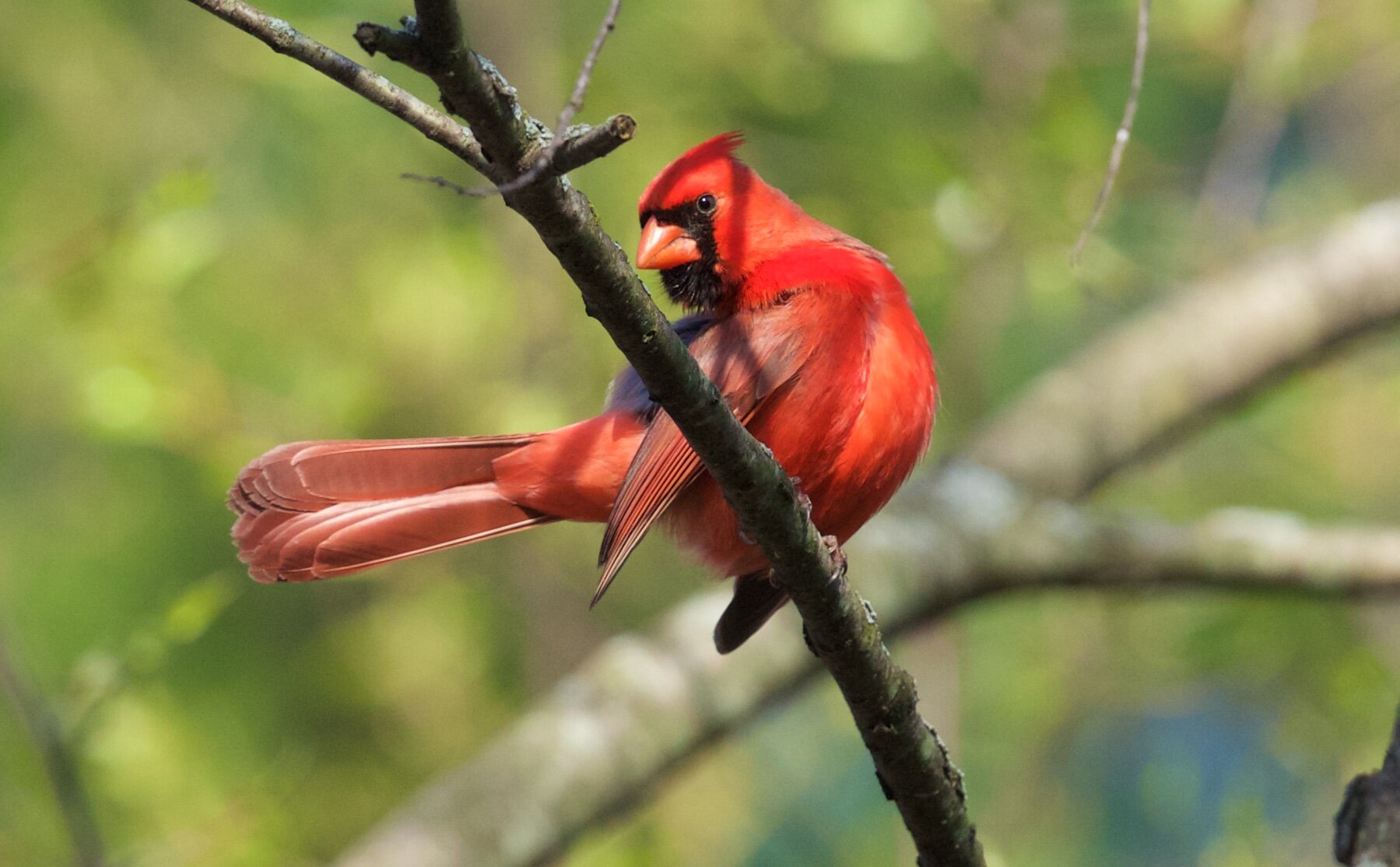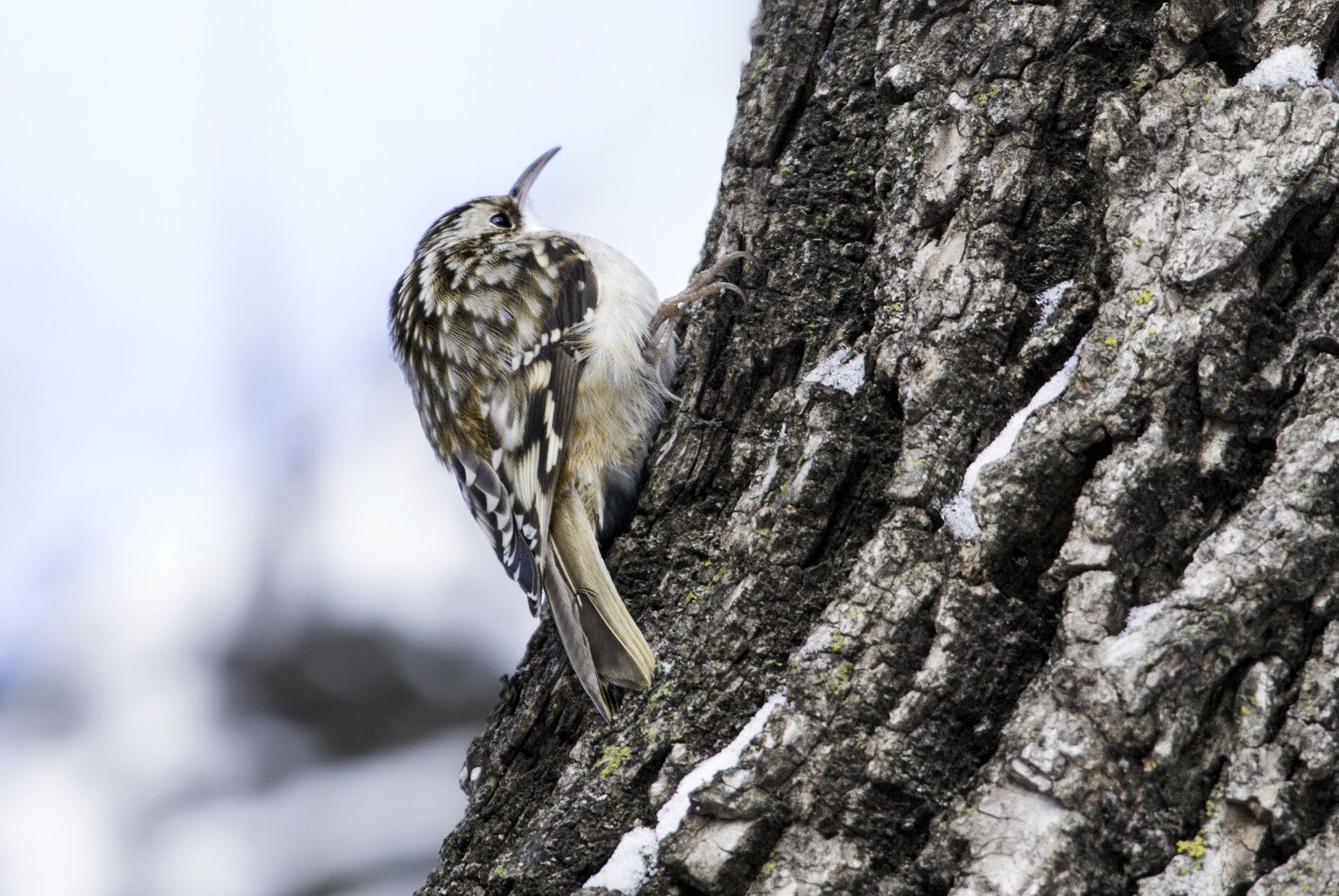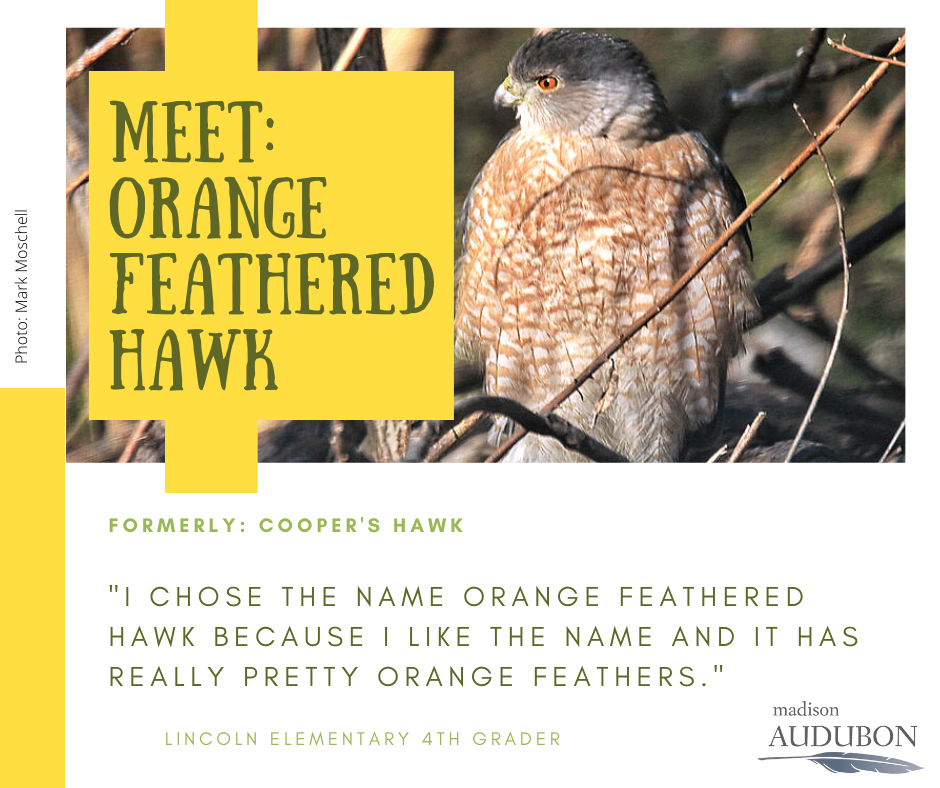Birds are awesome. They come in all different shapes, sizes, sounds, colors, and habitats. Some are bold and loud, some are elusive and quiet. Some perform, build dozens of nests, or sing beautiful melodies to attract a mate. Some eat fish, others seed, others insects, others nectar. Some are striped, some speckled, some solid colors. Some migrate, some overwinter. Birds are AMAZING.
A lot of birds have awesome names. Names like the Black-throated Blue Warbler and the Long-billed Dowitcher describe the bird’s body. Some names describe where a bird lives (Northern Cardinal, Eastern Phoebe, American Avocet). Other names describe bird behavior (Ruddy Turnstone, Brown Creeper). Learning bird names is one of the best parts of diving into the bird world!
Some birds, though, are named for people—either the white person who “discovered” them, or to honor someone. These human-bird names are problematic because they perpetuate colonialism and the racism associated with it. First, these white explorers, scientists, and colonizers didn't discover these birds. Native people already living in these areas knew these birds well and had names for them. Second, the names that these birds currently have—like Henslow’s Sparrow or Audubon’s Oriole— often represent people who we should not honor today. These people lived lives that do not uphold the morals and standards the bird community should memorialize. Birds should have bird names, and these honorifics should be changed. Even our own namesake, John James Audubon, falls into that category and has prompted numerous conversations about what that means for our organization.
Artwork by Alex Holt, co-lead of historical biographies for #BirdNamesForBirds
The Bird Names for Birds movement has been promoting the renaming of species that have honorific common names. This short 1:45 minute podcast summarizes the main reason to give birds bird names. Or you can watch this presentation on decolonizing bird names.
Instead of naming a bird after a person, why not give birds names that describe the bird?
We put together a lesson for the classrooms we partner with in Madison: 4th graders at Lincoln Elementary, 1st graders at Midvale Elementary, 2nd and 3rd graders at Muir Elementary. In this lesson, kids explored the birds that currently are named for a human and think about what new name we could give the bird. This lesson emphasizes that our word choices matter, and how changing some bird names can make the birding world a more welcoming place for many People of Color. We created this educational presentation (free for educators to use!) to introduce the topic, then the students choose a bird species and researched the bird to learn more about what makes it special. Finally, the students drew the bird, gave it a bird name, and explained why they named it so.
The kids jumped into this lesson with both feet! Here are the results from the Lincoln Elementary 4th graders. Great job, 4th graders!
Written by Carolyn Byers, Madison Audubon education director

















